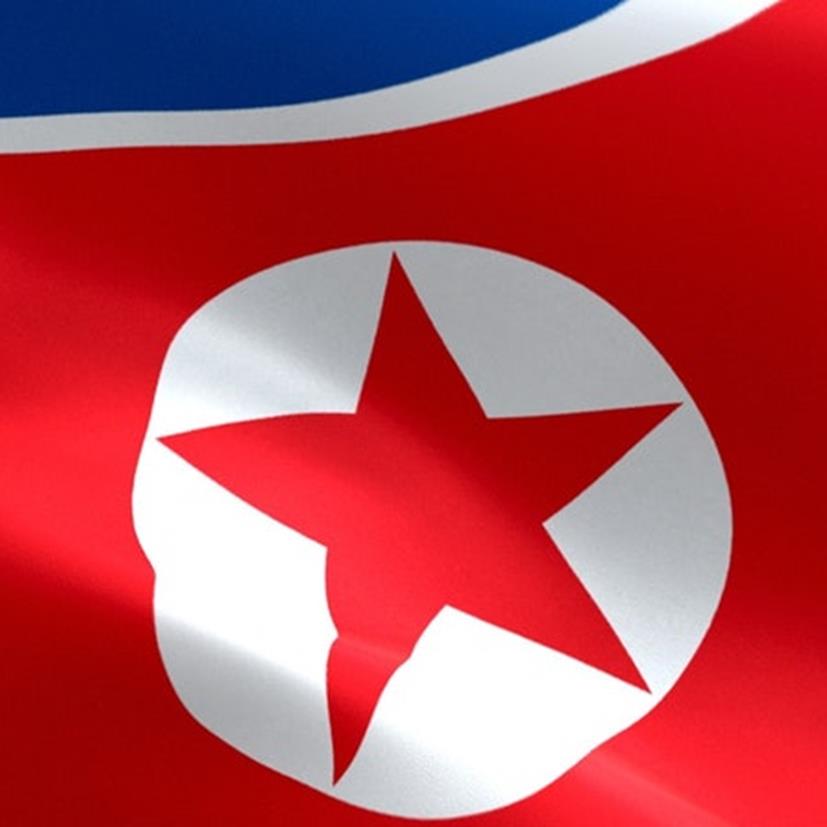2013. North Korea & the UN Security Council: Action, Reaction, Trust, and Mistrust
This study attempts to better understand the recent history of the relationship between the Democratic People’s Republic of Korea (DPRK) and the United Nations Security Council by analyzing four different episodes in the relationship in depth. It then uses these analyses to infer recurrent trends in this relationship, so that we may get a better idea of what to expect from the DPRK in the near future. Since research shows that in the absence of some form of common ground between international actors lasting disarmament is not likely to be achieved, the report pays particular attention to levels of “trust” in this relationship.
By using an original methodology that combines a quantitative evaluation of the levels of mutual trust with a qualitative examination of the social and geopolitical context, we are able to identify what circumstances contribute to better relations and what circumstances do not. The study comes to the following conclusions and recommendations. First, it is not uncommon for Security Council resolutions to be utilized by the DPRK to reach some kind of strategic objective of its own. In particular, the DPRK has been successfully provoking the Security Council with weapons proliferation in order to (a) play the great powers against each other, (b) gain the upper hand in negotiating with the US and Japan, (c) portray itself as the legitimate defender of the Korean people, North and South, and (d) test the attitude of the international community, particularly the US, toward itself. Whenever any of this occurs, the level of mutual trust rapidly decreases.
Second, there is a case to be made that the Security Council should remove itself as an instrument of the DPRK’s foreign policy strategy. That is, whenever it becomes obvious that the DPRK is attempting to take advantage of a Security Council reaction, the Security Council should perhaps respond in a less predictable, scripted manner. One way to achieve this could be by relying more on technical provisions and less on media-ready public statements. We also find that every time Security Council resolutions respond to the long-term strategic interests of the larger regional players, periods of relative calm ensue. In particular, any arrangement that (a) allowed China to use the DPRK to further its role as a major stakeholder in the region or (b) allowed the US to use the DPRK to advance the case for its continued military presence in Japan and South Korea would, quite ironically, increase the level of mutual trust between the DPRK and the Security Council. Arrangements (a) and (b) are not necessarily in contradiction.
Security Council policymakers may thus want to consider that the more a provision caters to the interests of all the major local and regional players—and not just those of the DPRK—the more trust is increased in a sustainable way, and the higher the chances that the region ceases to be a problem for the international community in the near future.
2019. The relationship between influential actors’ language and violence: A Kenyan case study using artificial intelligence
Scholarly work addressing the drivers of violent conflict predominantly focus on macro-level factors, often surrounding social group-specific grievances relating to access to power, justice, security, services, land, and resources. Recent work identifies these factors of risk and their heightened risk during shocks, such as a natural disaster or significant economic adjustment. What we know little about is the role played by influential actors in mobilising people towards or away from violence during such episodes. We hypothesise that influential actors’ language indicates their intent towards or away from violence. Much work has been done to identify what constitutes hostile vernacular in political systems prone to violence, however, it has not considered the language of specific influential actors. Our methodology targeting this knowledge gap employs a suite of third party software tools to collect and analyse 6,100 Kenyan social media (Twitter) utterances from January 2012 to December 2017. This software reads and understands words’ meaning in multiple languages to allocate sentiment scores using a technology called Natural Language Processing (NLP). The proprietary NLP software, which incorporates the latest artificial intelligence advances, including deep learning, transforms unstructured textual data (i.e. a tweet or blog post) into structured data (i.e. a number) to gauge the authors’ changing emotional tone over time.
Our model predicts both increases and decreases in average fatalities 50 to 150 days in advance, with overall accuracy approaching 85%. This finding suggests a role for influential actors in determining increases or decreases in violence and the method’s potential for advancing understandings of violence and language. Further, the findings demonstrate the utility of local political and sociological theoretical knowledge for calibrating algorithmic analysis. This approach may enable identification of specific speech configurations associated with an increased or decreased risk of violence. We propose further exploration of this methodology.

